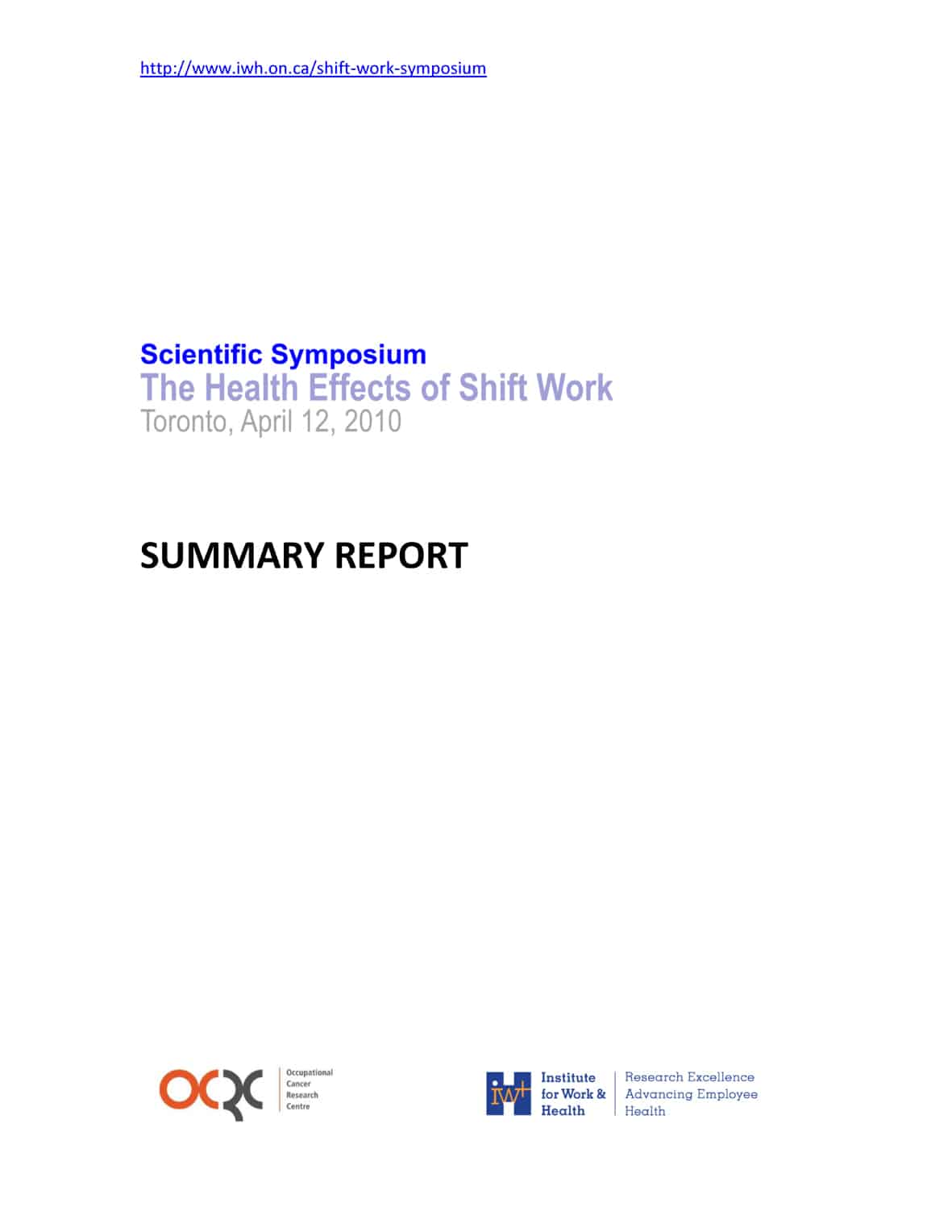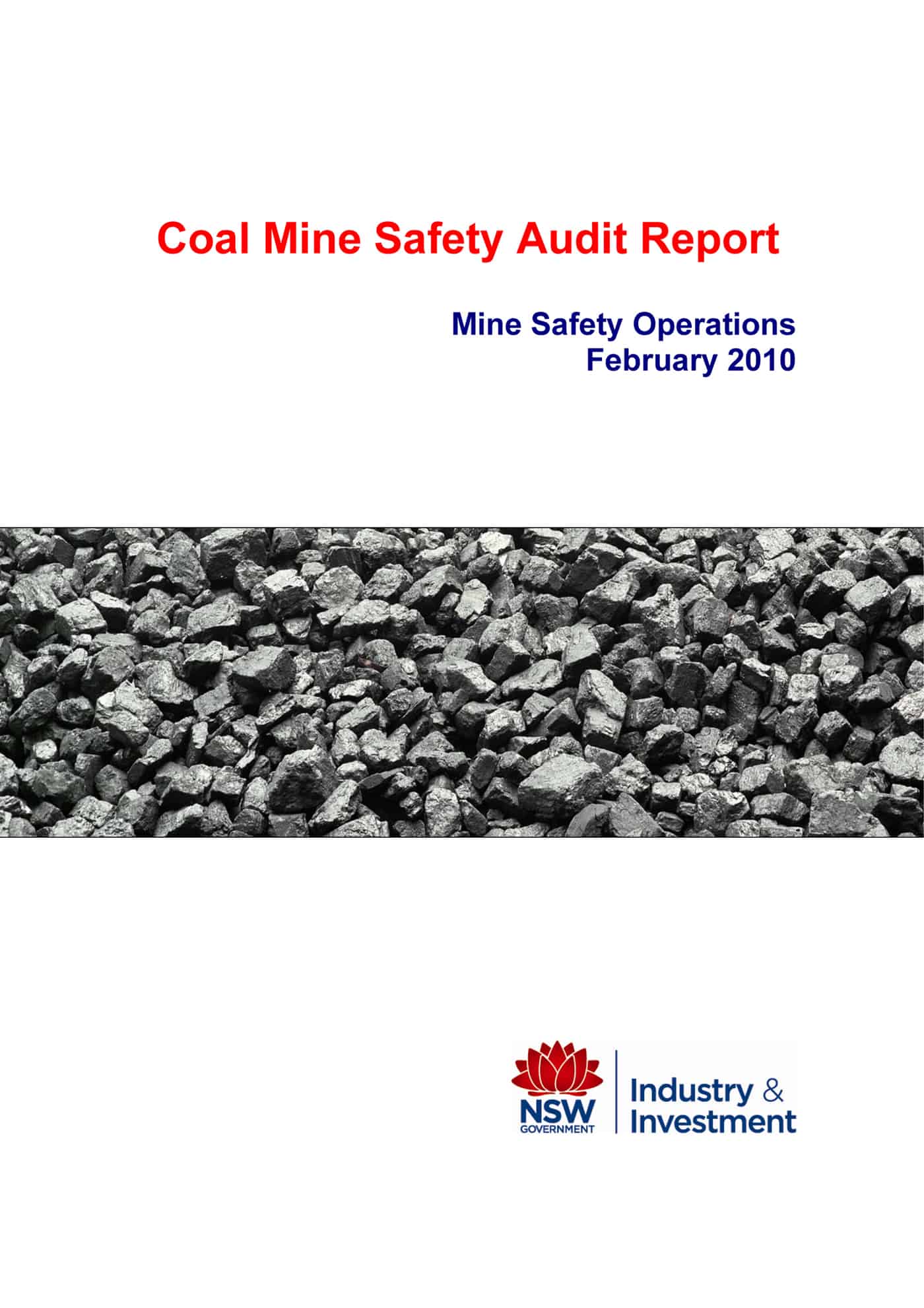Safe Work Australia has released a very important report called “Occupational Noise-Induced Hearing Loss in Australia “.
The report confirms many of the challenges faced by OHS professionals. There is, among others,
- An over-reliance on Personal Protective Equipment (PPE)
- Noise is not taken seriously
- Effective noise control is undervalued
- Small and medium-sized companies pay less attention to the hazard
- Noise control is seen as expensive
- As hearing damage cannot be repaired, it is seen as inevitable
The report provides a detailed profile of NIHL and many will find the report an invaluable to gaining more attention to control measures in workplaces but just as mental health is both an occupational AND public health matter, so noise is affecting our private lives just as much as it is in our work lives.
As with many government safety reports, change is likely to come not from the report itself but how the media, the community and the OHS professions use the information to affect change.




